Six top university engineers funded to collaborate with industry on world-leading research
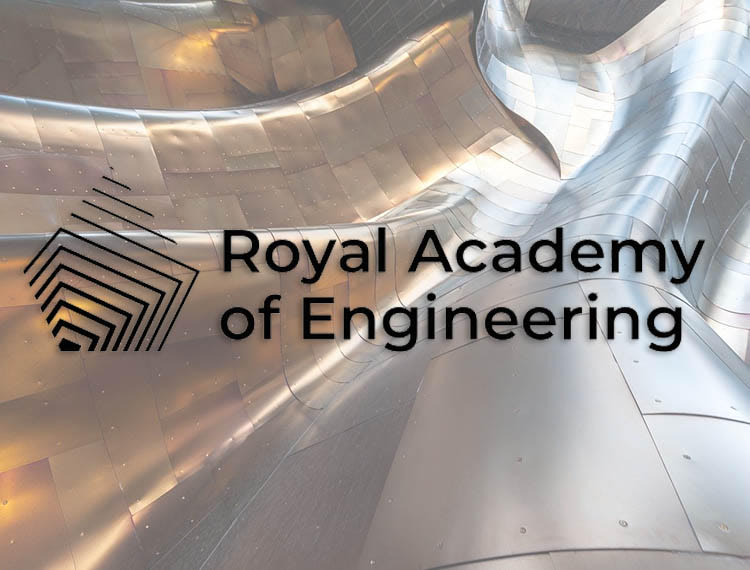
The Royal Academy of Engineering has today announced the appointment of four new Research Chairs and two Senior Research Fellows at universities across the UK who will spend the next five years working with some of the world’s largest companies to tackle a broad spectrum of engineering challenges.
Rolls-Royce PLC, Nokia Bell Labs, GSK, J.P. Morgan, Howden Compressors and Fraunhofer UK will work with the academics to establish world-leading research teams to study problems including antimicrobial resistance, reducing energy use and emissions from compressors, improving the reliability of mobile devices and developing AI-powered dialogue systems.
Professor Karen Holford FREng CBE FLSW, Deputy Vice-Chancellor at Cardiff University and Chair of the Academy’s Research Committee, says: “Engineers are influential agents of change in our drive towards a more sustainable society and an inclusive economy. The Royal Academy of Engineering has an important role to play in promoting engineering excellence and working with industry to help achieve these goals. Over the past 20 years our Research Chairs and Senior Research Fellows have developed numerous internationally renowned centres of research excellence and I am sure our new appointees will achieve even more.”
The Research Chairs and Senior Research Fellowships appointments are as follows:
Research Chairs
Professor Trung Q. Duong, Queen’s University Belfast
Nokia Bell Labs / Royal Academy of Engineering Research Chair in Towards Massive Connectivity to enable Ultra-Reliable and Near Zero-Latency Communications
Wireless communications and associated digital technologies have been shaping our planet in an unprecedented way – not least in the current battle against COVID-19. Increasingly, we live in an interconnected, smart, globalised society in which the physical and information worlds are inextricably linked. The ever-increasing number of wireless and mobile devices requiring ultra-reliable and low-latency functionality is generating an exponential growth in data traffic – a 10,000-fold growth is predicted to occur by 2030.
Professor Duong believes that unlike previous generations of cellular communications, 6G will focus not only on faster data speeds for traditional services, but also on a massive interconnection of autonomous machines. 6G networks will address the specific needs of IoT (internet of things) devices by achieving two conflicting targets: maintaining the ultra-reliability (99.999%) of 5G and reducing latency (time between data transmission and reception – currently around 1ms for 5G) to near-zero.
Professor Duong’s research will provide an opportunity to go beyond 5G and towards 6G in a number of important respects to harmonise and integrate wireless communications, data transfer, radar, and imaging, where high bandwidth and near zero latency is crucial.
He says: “Our rapidly changing world is currently undergoing a ‘fourth industrial revolution’ that is currently being driven by 5G communications and cyber-physical systems. My driving passion is to take that revolution forward into the next decade and for 6G to enable a future that benefits all of society – e.g., remote medical diagnosis and surgery, autonomous self-driving vehicles, virtual and augmented reality for education, healthcare and entertainment and all within smart, safe cities, and disaster management.
It has been a wonderful journey that has taken a young child in Vietnam, who liked to play with walkie-talkies, all the way to a prestigious Research Fellowship of the Royal Academy of Engineering!”
Professor Paul Hoskisson, University of Strathclyde
GSK / Royal Academy of Engineering Research Chair in Engineering Biology of Antibiotic Production
 Professor Hoskisson’s research is tackling antimicrobial resistance, one of the greatest threats to global health. It has been suggested that without intervention, global deaths attributable to antimicrobial resistant infections could reach 10 million annually by 2050. This global health crisis requires multidisciplinary approaches to tackle the problem, developing more efficient industrial processes as well as new drugs and therapies. This research project focuses on applying engineering principles to improve the Streptomyces cell factories used to produce antibiotics, enabling more rapid improvements in production than were previously possible.
Professor Hoskisson’s research is tackling antimicrobial resistance, one of the greatest threats to global health. It has been suggested that without intervention, global deaths attributable to antimicrobial resistant infections could reach 10 million annually by 2050. This global health crisis requires multidisciplinary approaches to tackle the problem, developing more efficient industrial processes as well as new drugs and therapies. This research project focuses on applying engineering principles to improve the Streptomyces cell factories used to produce antibiotics, enabling more rapid improvements in production than were previously possible.
In partnership with GSK, Professor Hoskisson’s research will combine recent synthetic biology advances to develop biological parts and tools applicable to antibiotic production, with industrial engineering. This will enable step-change improvements in fermentation processes and improve the sustainability of antimicrobial production. Engineering Biology is a priority area for growth that will help to accelerate antibiotic production as it matures.
He says: “The antimicrobials industry is an area in biology where we get to investigate all scales – we get to use large-scale engineering processes to develop fermentations using microscopic organisms – and this project allows me to combine both! Working closely with GSK enables me to translate my work into real world scenarios. I am inspired by the way we can rationally design genetic tools and circuits to function and to perform useful tasks for the benefit of humankind. This current project will enable me to bring several strands of my work over the last 10 years or so together and really make an impact in the area of industrial production of antimicrobials.
“The recent ‘Engineering Biology’ report from The Royal Academy of Engineering recognises the emerging technologies of engineering biology as a means to deliver economic and social benefit. Given the global importance of the antimicrobial resistance crisis, it is fantastic to have the support of the Academy to enable me to contribute to the global effort to address this problem.”
Professor Ahmed Kovacevic, City, University of London
Howden / Royal Academy of Engineering Research Chair in Compressor Technology
Compressors consume 20% of the electrical energy generated worldwide, and 83% of all screw compressors are oil injected. Professor Kovacevic aims to improve the reliability and efficiency of compression technology, working to reduce leakages in rotating machinery by 20% and improve the efficiency of oil-free screw machines by 2%, thereby saving more than 5 billion Euros and reducing CO2 emissions by 600 megatons per annum.
Professor Kovacevic will explore novel methods for understanding the flow, heat, and solid interaction in leakage gaps of rotating machines using experimental optical techniques at the state-of-the-art laboratories at City, University of London. This project aims to develop a commercial prototype, paving the way to the future of oil-free screw compression technology.
He says: “With this project I have an opportunity to revolutionise the field of rotating machines. This interaction of flow and heat in microscopic clearances is fascinating and unexplored and I am delighted to lead a path to understand and utilise it.
“I am proud to have collaborated closely with Howden for more than 12 years, jointly introducing new rotor profiles, new compressors and continuing to provide world with better and ever more efficient machines. The Centre for Compressor Technology, which I direct at City, University of London, is world leading research institute for these types of machines and together with the support from Howden and the Royal Academy of Engineering, this project is destined to result in new, more efficient and reliable oil-free machines. I am very excited about this opportunity.”
Calculation (left) and thermographic measurements (right) of temperature distribution in a screw compressor
Professor Francesca Toni, Imperial College London
J.P. Morgan / Royal Academy of Engineering Research Chair in Argumentation for Interactive Explainable AI
 Professor Toni is working alongside J.P. Morgan, focusing on developing forms of interactive explainable AI that can help explain how AI systems work by providing justifications for system decisions. It is widely acknowledged that the difficulty of explaining AI is a barrier to uptake. Existing efforts towards explainable AI envisage static ‘one-way’ (machine to human) interactions. This Research Chair will deliver machines, powered by a variety of AI methods, that can engage with humans in two-way explanatory dialogues. The machines will explain their recommendations and humans will question their explanations and provide feedback. Such machines will be able to work in synergy with humans within a human-centred but AI-supported society.
Professor Toni is working alongside J.P. Morgan, focusing on developing forms of interactive explainable AI that can help explain how AI systems work by providing justifications for system decisions. It is widely acknowledged that the difficulty of explaining AI is a barrier to uptake. Existing efforts towards explainable AI envisage static ‘one-way’ (machine to human) interactions. This Research Chair will deliver machines, powered by a variety of AI methods, that can engage with humans in two-way explanatory dialogues. The machines will explain their recommendations and humans will question their explanations and provide feedback. Such machines will be able to work in synergy with humans within a human-centred but AI-supported society.
This ambitious research vision will be realised using computational argumentation based on symbolic AI. Professor Toni will define argumentative abstractions for a variety of AI methods from which various types of explanations can be drawn to generate argumentative dialogues between humans and machines.
She says: “I have always been intrigued by the challenges posed by the AI vision: how to design and build machines that think or act like humans, and that can join forces with humans to benefit society? The Research Chair will provide a unique opportunity to bring together the strengths of the Department of Computing at Imperial College London, J.P. Morgan and the Royal Academy of Engineering, to address explainability challenges for AI in general and particularly in the financial sector where a lack of understanding of the products on the part of clients and regulators is posing crucial barriers to the adoption of AI.”
Figure 1 – Envisaged pipeline:
from data-centric systems (built from data) to influences to argumentative abstractions and then from there to explanatory dialogues with users, accommodating their feedback by using wrappers.

Figure 2 – A schematic view of the Chair’s vision of explanatory dialogues between humans and (AI-empowered) machines

Figure 3 – Computational Logic and Argumentation group logo
Senior Research Fellows
Dr Giuliano Allegri, University of Bristol
Rolls-Royce PLC / Royal Academy of Engineering Senior Research Fellow in Physically Based Modelling of Fatigue in Composites
Dr Allegri’s research is focused on the characterisation and prediction of fatigue damage in composite materials, aiming to introduce new strategies to ensure the durability of these materials in engineering applications. Polymer-based composites are key enablers for reducing structural weight and hence reducing CO2 emissions in the transportation sector. Lightweighting is critical to achieving a carbon-neutral economy by 2050, as stipulated by the 2015 Paris agreement. Therefore, understanding and predicting fatigue damage in composites is vital to ensuring the long-term reliability and safety of key components in hybrid-electric propulsion and working towards carbon-neutral aviation.
Mitigating fatigue damage in composite structures is very complex and has so far been based on extensive and expensive experimental characterisation. Dr Allegri hopes to improve the engineering design and testing of composite structures, aiming to substantially reduce the development costs and time to market of novel products.
He says: “The event that triggered my interest in engineering, and aerospace in particular, was the Voyager 2 flyby of Neptune on August 25th, 1989. I still have a vivid recollection of the photos of the deep blue “ice giant” planet broadcast on tv. I asked myself: how can something man-made fly so fast, for so long and so far away? Among all the technical challenges associated with the Voyager endeavour, I was particularly fascinated by those associated with material and structural integrity. I pursued such an interest in my engineering studies, especially regarding the computer simulation of mechanical behaviour and the prediction of failure. These still represent the core areas of my research activity and the central themes of this Fellowship.”

Figure 1: Paradigmatic shift in the engineering design of composite structures against fatigue; robust validated “virtual design” methods replace extensive testing
Figure 2: Multi-scale modelling philosophy; from the material micro-scale to the full propulsion system
Dr Michael Strain, University of Strathclyde
Fraunhofer UK / Royal Academy of Engineering Senior Research Fellow in Chipscale Photonics
Dr Strain is developing new methods to miniaturise visible light optical systems onto a single chip. By integrating systems onto a chip, complexity can be significantly scaled up whilst improving mechanical robustness, power consumption and reducing production costs. However, unlike in electronics where large-scale circuits can be realised on a single silicon wafer, optical systems require the integration of many different materials to realise functions from high speed data processing to environmental sensing.
This work will develop the methods needed to realise complex optical circuits in materials such as diamond, gallium nitride and silicon carbide. These various materials will then be integrated using a form of micro-assembly for high throughput manufacturing with spatial accuracy at the nanoscale. The long-term vision of this joint work with Strathclyde’s Fraunhofer Centre for Applied Photonics is to make optical systems in a format that can be integrated with portable, low power electronics. Future applications of this technology range from optical instrumentation and imaging to high speed electronics and lab-on-a-chip microfluidics.
He says: “The most exciting element of this project for me is the ambition to take research advances out of the university lab and translate them into a capability that will benefit the industrial and academic engineering communities. The wide range of expertise needed to tackle the big challenges in modern engineering emphasises its nature as a group activity. It is inspiring to see the huge scope of new ideas and real technology being produced around the world by teams of engineers working across disciplines. Being part of that community is very exciting.
“Aligned with the Academy’s mission, and through this Fellowship, I aim to strengthen the links in this community between materials growers, nano-fabrication centres and end users of optical systems, building a vision of the future supply chain and exploitation routes for hybrid material systems on-a-chip.”
Notes for Editors
- The Research Chairs and Senior Research Fellowships aims to strengthen the links between industry and academia by supporting exceptional academics in UK universities to undertake use-inspired research that meets the needs of the industrial partners.
Awardees are expected to:
- Establish or enhance a world leading engineering research group
- Deliver ‘use-inspired’ research that meets the needs of their industrial partners
- Disseminate the outcomes of their research for appropriate academic impact
- Become a self-sustaining research group by the end of the award (by securing substantial external grant income: RCUK, EU, industry, charities, etc.)
For more information please contact: Pippa Cox at the Royal Academy of Engineering Tel. 020 7766 0745; email: [email protected]

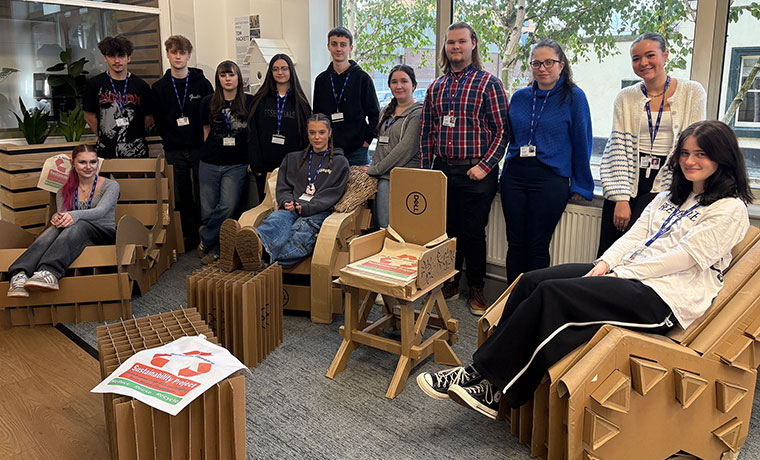
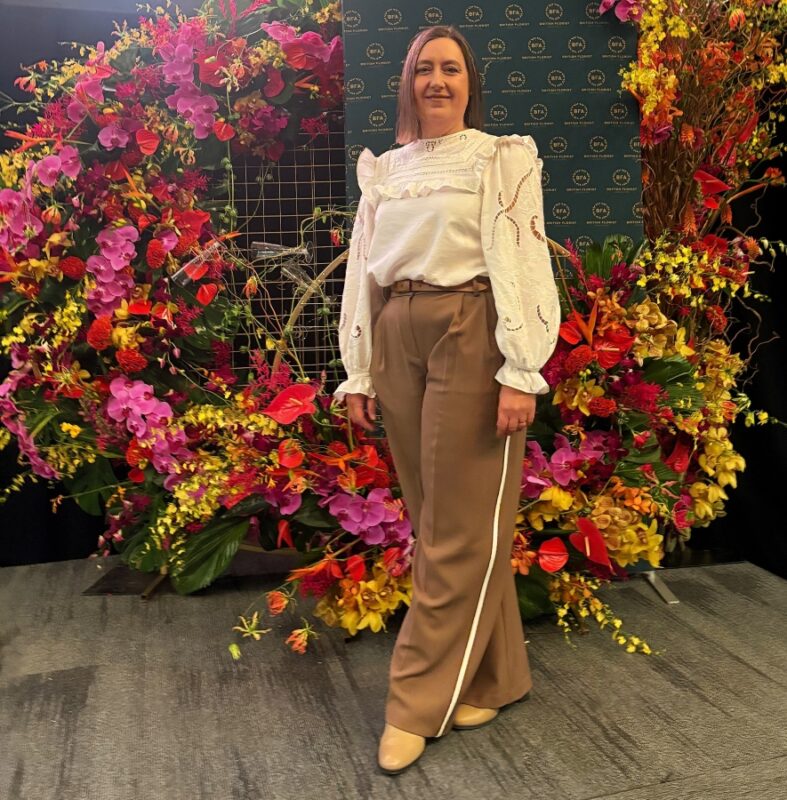

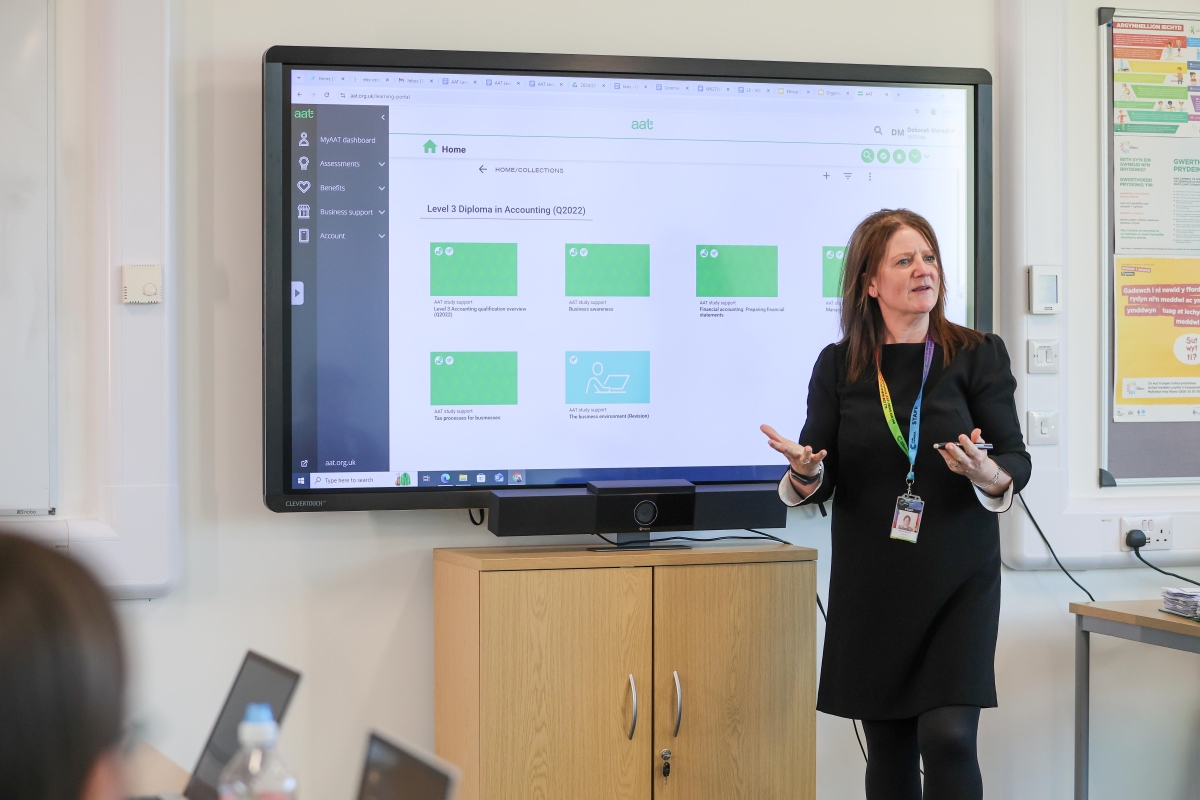
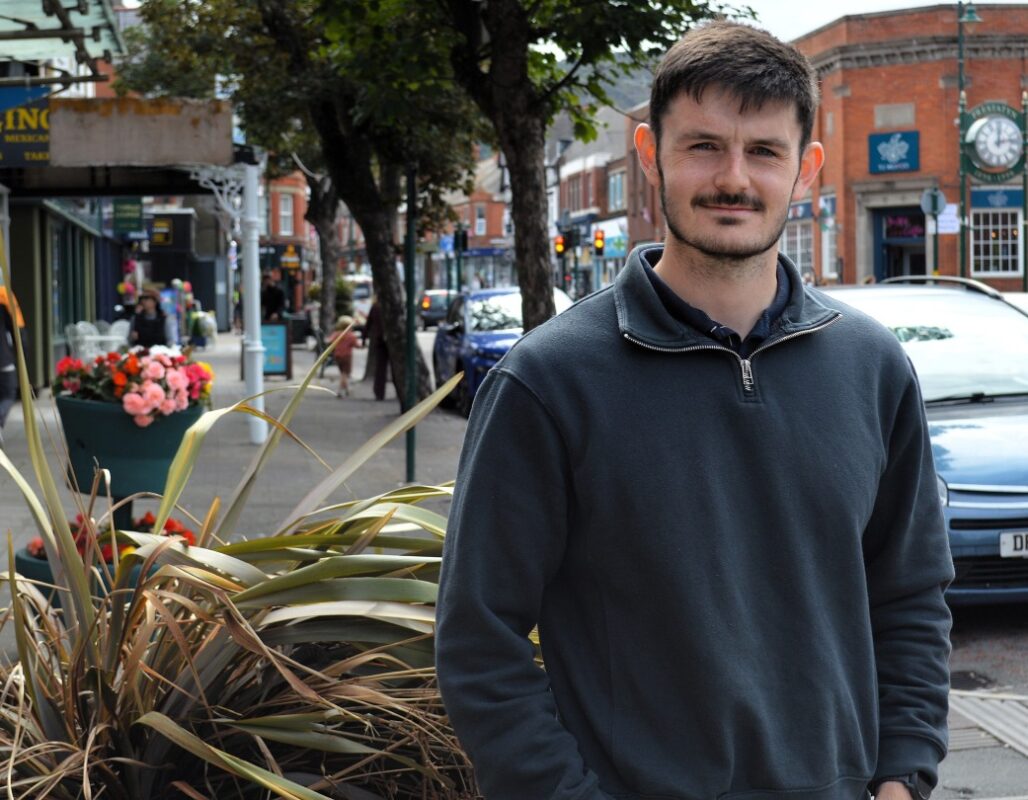

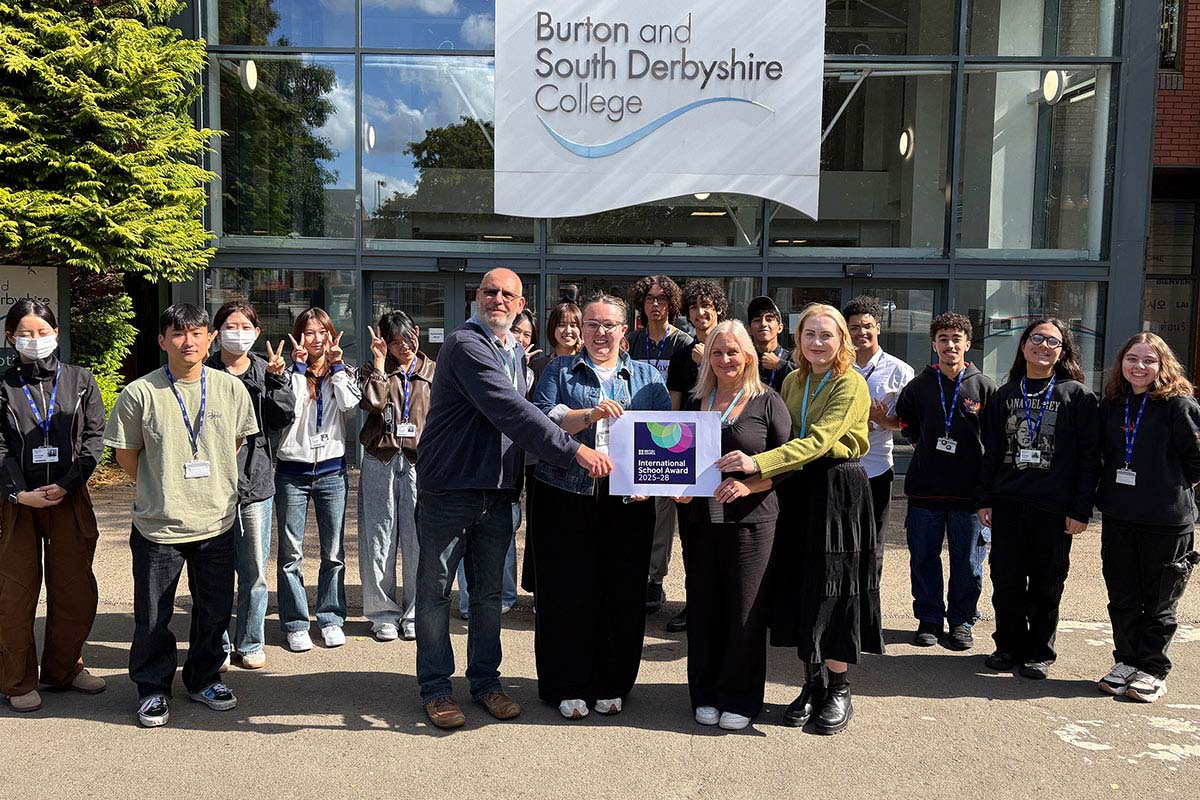
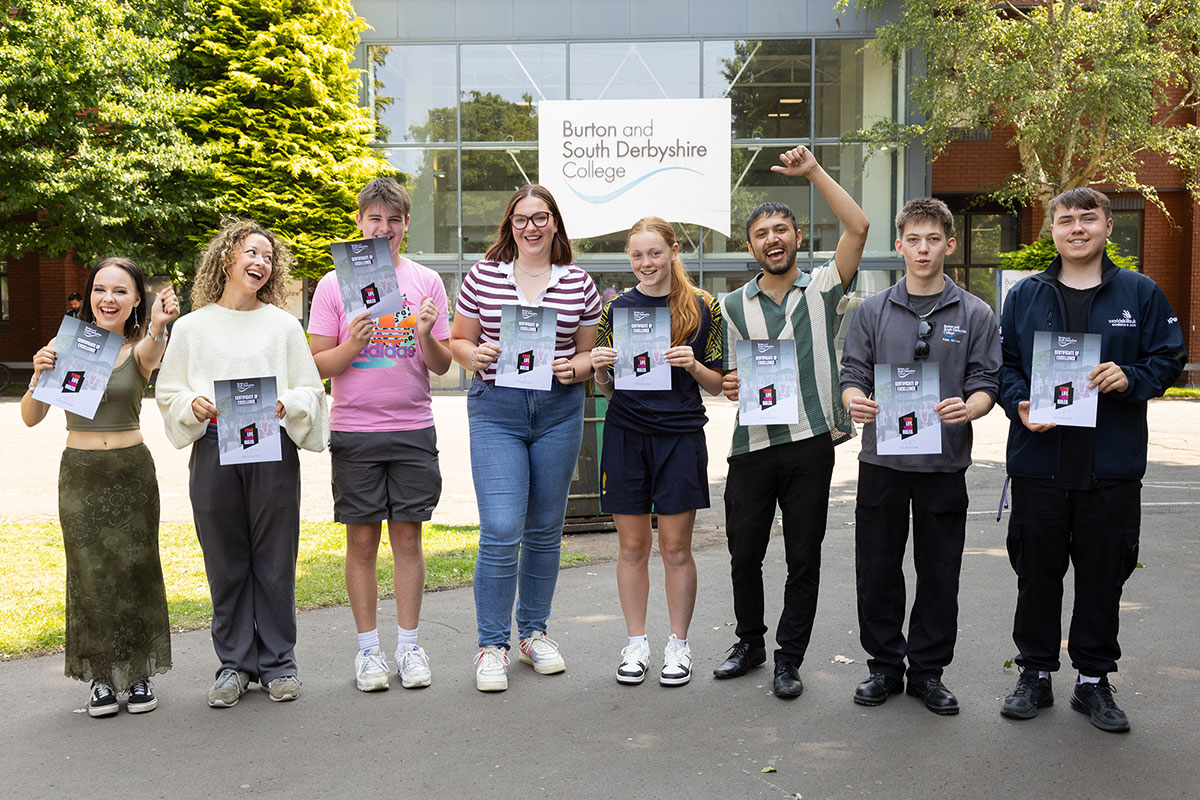
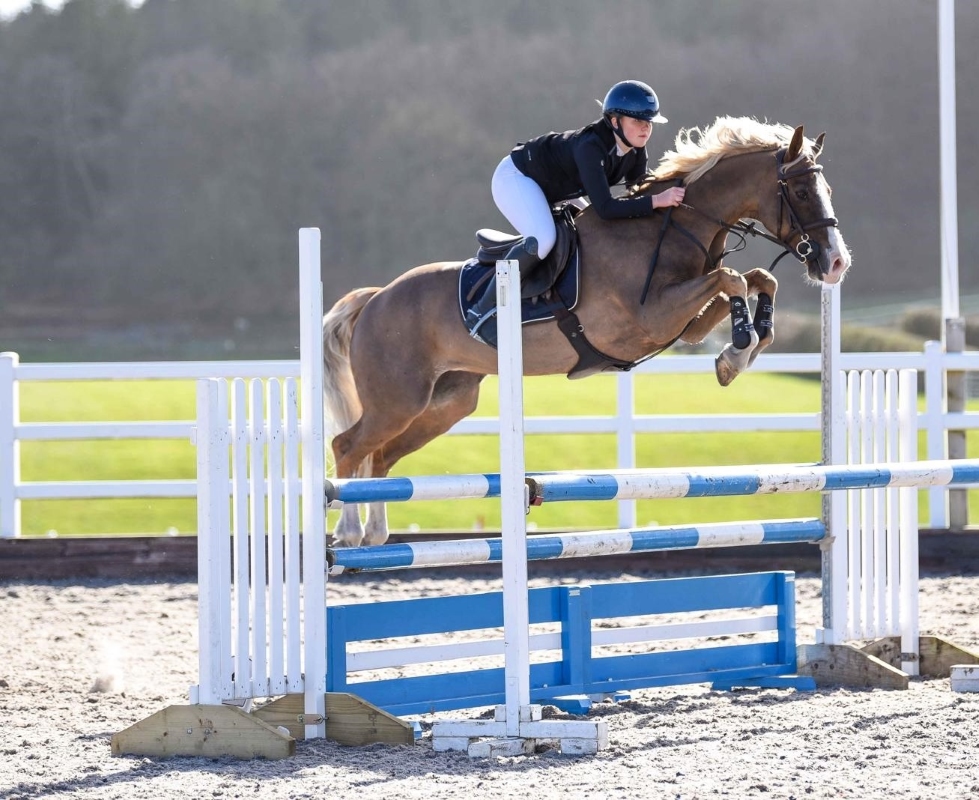

Responses